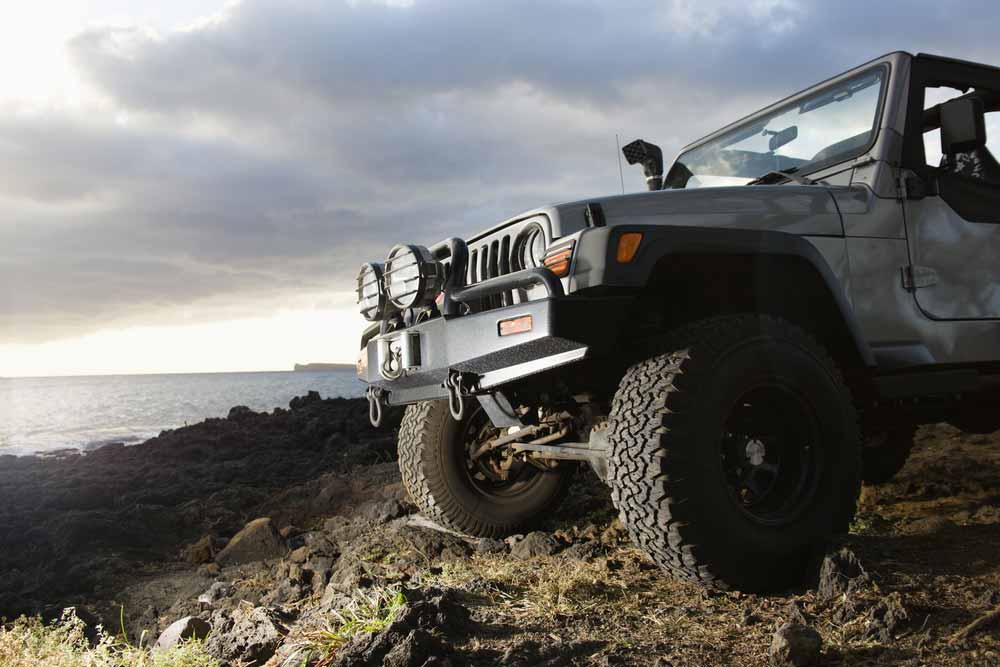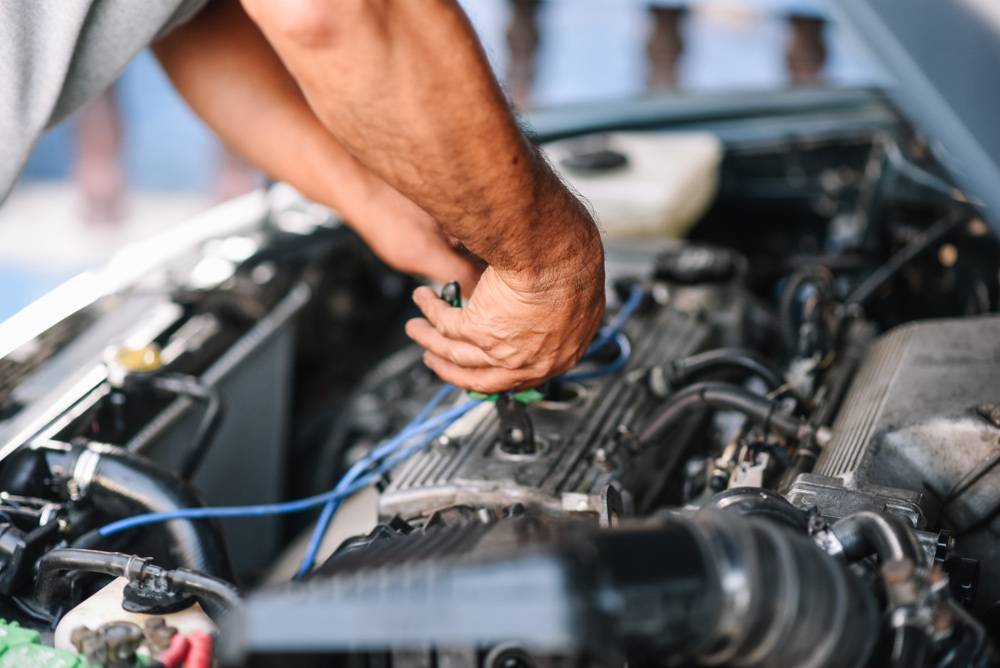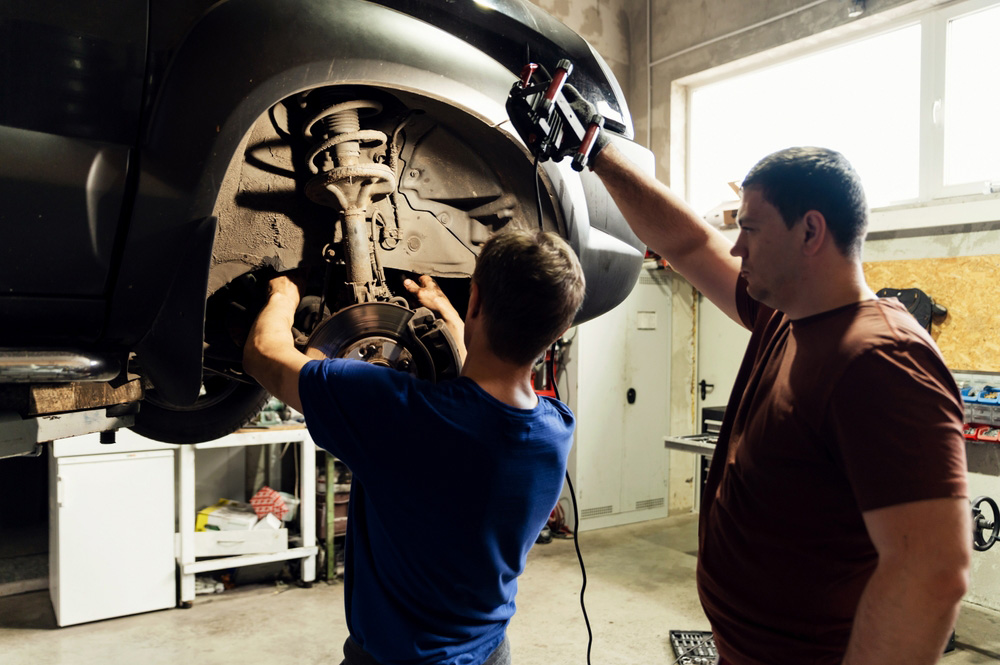Have you ever felt lost in translation during a visit to the mechanic? You’re not…

Understanding The Differences Between 4×4 And AWD Systems
Are you curious about the differences between 4×4 and AWD systems and how they impact your driving experience? These drivetrain options define how your vehicle handles various terrains and conditions. Whether you’re an off-road enthusiast or a daily commuter, understanding these systems can significantly enhance your driving knowledge and safety. Let’s explore the unique characteristics and benefits of 4×4 and AWD systems.
4×4 Versus AWD: Unravelling The Technical Distinctions
When it comes to off-road driving and handling challenging terrains, understanding the distinction between 4×4 (Four-Wheel Drive) and AWD (All-Wheel Drive) systems is important.
4×4 Systems:
- Engagement: Typically manually engaged by the driver.
- Use Case: Ideal for rugged off-road conditions.
- Mechanism: Provides equal power to all four wheels.
AWD Systems:
- Engagement: Automatically activated.
- Use Case: Suitable for varied road conditions, including slippery surfaces.
- Mechanism: Distributes power variably to the wheels as needed.
The Mechanics Behind 4×4 Systems: An In-Depth Look
4×4 systems are synonymous with ruggedness and durability. They are designed to tackle the toughest of terrains, offering superior traction and control. This system locks the front and rear axles together, providing equal power to all four wheels. This is particularly beneficial in off-road conditions or when navigating through mud, sand or snow. Moreover, the robust construction of 4×4 systems ensures reliability even under extreme stress, making them ideal for adventurous drivers who demand the most from their vehicles.
How Do AWD Systems Enhance Vehicle Performance?
AWD systems are known for their seamless operation and enhanced grip on various road surfaces.
- Improved Traction: Automatically adjusts power distribution to the wheels with the most grip.
- Enhanced Stability: Offers better handling and cornering capabilities.
- Versatility: Performs well in a variety of driving conditions.
- Increased Safety: Provides added security in adverse weather conditions by improving vehicle control and reducing the risk of skidding.
Maintaining Your 4×4 Or AWD Vehicle: Tips From Experts
Regular maintenance is key to ensuring the longevity and performance of your 4×4 or AWD vehicle. Here are some expert tips:
- Regular Inspections: Mechanics can check for any signs of wear and tear, especially before and after off-road adventures.
- Fluid Checks: These professionals can also help ensure all necessary fluids, like differential and transmission fluids, are at ideal levels.
- Tyre Maintenance: Keep tyres properly inflated and rotate them regularly to ensure even wear.
| Feature | 4×4 Systems | AWD Systems |
|---|---|---|
| Primary Use | Off-road adventures, extreme terrains | Everyday driving, moderate off-road conditions |
| Driver Involvement | Manual engagement for off-road conditions | Fully automatic, no driver input required |
| Complexity | Simpler mechanical design | More complex with electronic control systems |
| Driving Feel | More rugged and robust driving experience | Smoother and more adaptable to different roads |
| Technology | Traditional, mechanical-based technology | Advanced technology with electronic components |
4×4 systems are suited for extreme off-road conditions, offering manual control and robust performance, ideal for rough terrain and adventurous driving. AWD systems, on the other hand, are suited for everyday use, providing automatic handling and stability across diverse road conditions, including light off-road situations.
Choose Procheck Automotive For Your 4×4 And AWD Needs
At Procheck Automotive, we understand the intricacies of maintaining and optimising your 4×4 or AWD vehicle. Choosing the right mechanic is important for the health and performance of your vehicle. Our team of experienced professionals offer tailored advice and services to ensure your vehicle is at its peak. Reach out to our qualified mechanics for expert guidance for your 4×4 and AWD vehicles.


